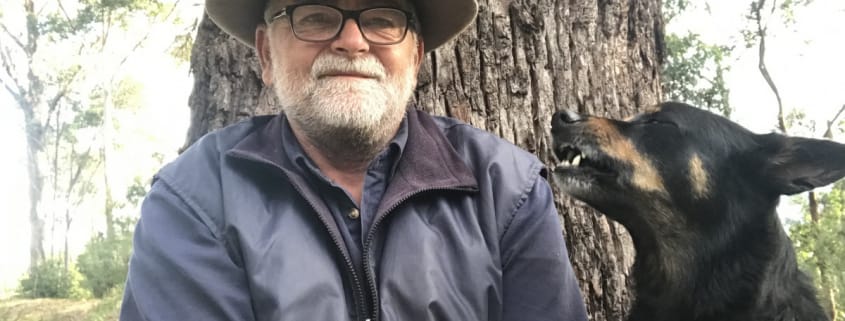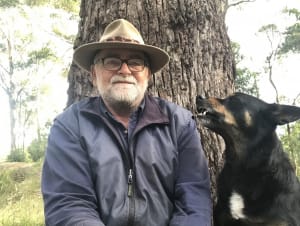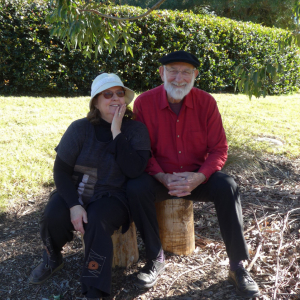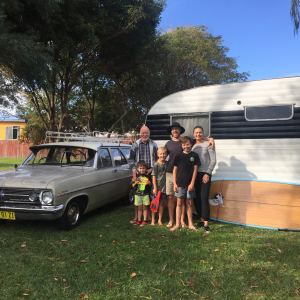Geoffrey Grigg: the mathematics of life
Forty years ago, in 1979, one remarkable event helped shape my future.
I was a young Sydney man, working as an aide in a nursing home, and I was also writing to create a travelling theatre idea.
One night I had a really vivid dream. The next day my dream came true—the places, the people I saw and the words were all replayed, as if directly from the dream.
My world view changed dramatically. Who would have known it would lead me on a dance that landed me on the Far South Coast all those years later: food swaps, producers’ networks, community dinners, community gardens, an environmental magazine …
But, at 20, that dream and its realisation threw me headlong into the sparkling comet of the New Age. How do you dream the future? What is reality? Searching for answers, I was open to any possibility. Truth is a slippery fish in such matters.
Caverns of thought, like my many careers, came and went over the years ahead. UFOs and crop circles, gardening, meditation and philosophy, telemarketing management, light beings from the Pleiades, winemaking and IT projects. The days danced into decades wrapped in a grey suit, smelling like old books and patchouli oil.
Yet one thread of an idea emerged: to craft this vision quest into a directed passion. It started with learning about Stonehenge.
The legacy of Stonehenge is far greater than the massive stones from distant quarries. It carries a story told by its ‘sacred’ geometry. Think of it as a bank of grand mathematical ideas deposited by our forebears.
Over time, the sirens of sacred geometry called from across the globe. Pyramids and cathedrals, vast temple complexes, stone circles and oracle centres like Delphi … all share a similar geometry.
Sacred Geometry is an orally transmitted craft, derived by compass, straight edge and rope. It renders awe-inspiring, numerical proofs that arise from the circle and the shared edges of the forms that are created.
Sacred geometry copies and reveals the musical proportions of nature. When you see a cathedral, it is a forest. When you sing there, you listen to nature’s majesty.
It teaches that all flora and fauna grow in musical proportions—in fourths and fifths, thirds and octaves. A horse, a frog, your hand, trees, birds, insects, fish and grasses—all share the same musical iteration, the same geometry, the same shared edges of form that are encoded in those buildings.
Our architectural heritage reveals that nature is a creative symphony on an epic scale. Our little blue pearl is a song, a harmonic, shimmering library of life.
From that ancient heritage we learn to mimic nature and to become social music, to resonate and create harmonies together.
The community mailing lists I’m involved with enable local projects like the Quaama/Cobargo Food Swaps, the SOAH events and other shared projects we create together. These are the songs we are making, our wonderful nature revealed.
I helped initiate SCPA-South East Producers, our local producers’ network, in 1992. Through its structures, its cathedral of members, we have created many shared songs. We have our own Organic Certification system, we created markets, field days, and permaculture, seed-saver and related networks and, of course, SCPA sponsors our local mailing lists.
Food is a wonderful connecting tissue between people. It helps us form points of intersection and shared edges in our region.
Over the years, through SCPA, we’ve attracted many people of like mind to live in the region and now we have a chorus of great souls sharing our community.
Through Sustain magazine and the Bega Valley Community network we were able to shine a light into our future by knowing the challenges ahead, so when we make our own music, we’re better able to define our future.
The lesson of my dream, forty years later, is simply this: when we come together, when we resonate with the world around us, and when we dream of a future shared, it becomes our intended reality, our passion.
Our Triangle region is wonderful soul music—a grand symphony indeed.



